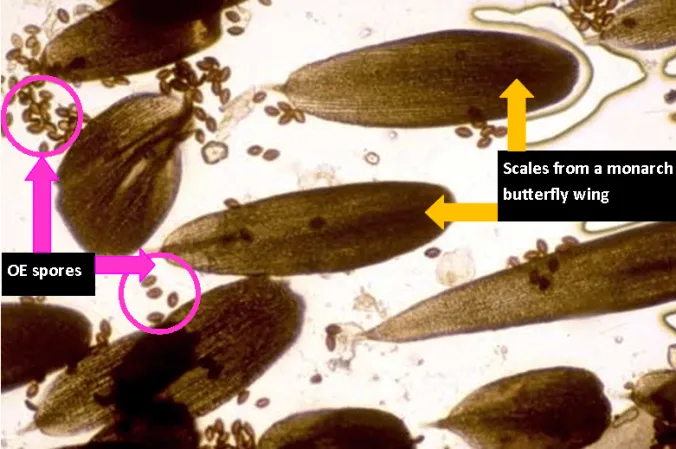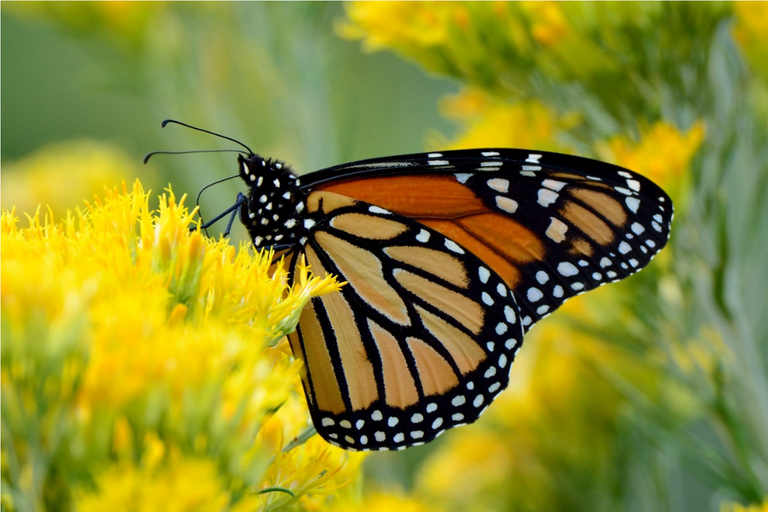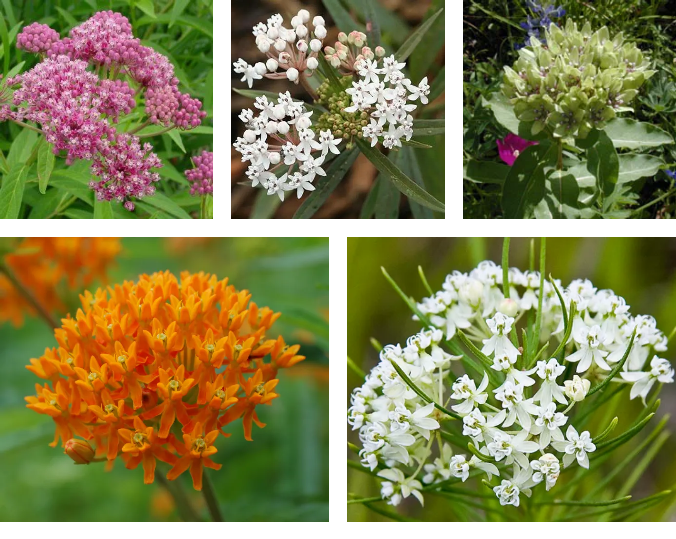Milkweed and Monarchs - Helping Our Endangered Butterflies, But Properly!
The Monarch: Most of us know and love this butterfly for its pretty orange colors and its extensive migratory pattern, spanning all across the North American continent, between Mexico and Canada. Recently, however, this migratory species has become known for another less cheerful fact: Its numbers are dwindling so much, that the IUCN has placed it on its red list of endangered species.
Grow the Monarch's Favorite Food
The reasons for its population decline include deforestation and climate change, factors that are outside of the reach of most people. However, this doesn't mean there is nothing we can do to help the Monarchs. After all, the third most important threat to this pollinator is the large-scale loss of milkweed plant due to herbicide use in intensive agriculture. And this is something anyone with even a tiny backyard can help out with, simply by planting milkweed, the plant that sustains the Monarch's caterpillar.
Choosing the Right Kind of Milkweed
All of you eager milkweed farmers and enthusiastic butterfly hosts can enjoy a moment of pride right now, for having been so proactive in helping out our beloved Monarch. However, before you give yourself a well deserved tap on your own shoulder, make sure that the plants in your garden are in fact good for the Monarchs. Because growing the wrong type of milkweed will have the opposite effect, and actually help decimate the butterfly's numbers.
My Milkweed is Covered in Monarch Caterpillars, so It Must be Good for Them, Right?
-Wrong! Sure, they will gobble it up, after all that's what they eat in warmer Mexican climates too. But that doesn't mean there are no hidden dangers involved, particularly if the milkweed in question is of a non-native, tropical variety. The problem is that unlike native species, the tropical milkweed stays around all year, prompting the butterflies to delay their journey or stop it entirely. In case of a sudden cold-spell, which is not uncommon even in the Southern US, all of these Monarchs could get suddenly wiped out... and that is the better case scenario, believe it or not!

image source
Ophryocystis elektroscirrha, a Crippling Parasite
The year-long growing tropical milkweed is not only a favorite of the Monarchs, but also another species living on it: the 8Ophryocystis elektroscirrha8 (or rather just OE for convenience's sake) is a protozoa who befalls these butterflies, weakening them so much that they are unable to complete their migratory journey. According to this article Monarchs who remained in the US over Winter were 5-9 times as likely to be infected than those who migrated. But even those Monarchs who have returned from a successfully completed migration, are likely to pick up this parasite when they descend on the tropical milkweed grown by well intended caregivers.
Adjust Your Gardening To Help The Monarchs
The solution is pretty simple, really: Favor native species! This should be old news for anyone sustainability or permaculture minded. After all, native species have the advantage that they already have a huge number of species - everyone who's local just like them - as part of the plant's ecosystem they evolved into together. Therefor their numerous benefits are far-reaching and multi-layered, and go way beyond this isolated butterfly issue.
Simulate Nature in case of Tropical Varieties
But even if you happen to be one of the many Monarch conscious gardeners who have planted a tropical variety of milkweed, there is one thing you can do: Every Fall when the time comes for native milkweeds to die, pick up a weed-whacker (or a scythe!) and cut down your tropical milkweed. The Monarchs won't care why their favorite host plant has vanished, they will just pack up their things and move on further... hopefully to Mexico, as they're supposed to. Having done this, as a dedicated Monarch supporter, will most certainly earn you that proud tap shoulder tap. Now go ahead and pass on this info to all other butterfly enthusiasts!



I hope they make it, we can't lose this incredible species 😢 I can imagine if they adapt to the climate change, they could possibly survive on yard grown milkweed until the wild areas can grow back.
Yes, let's hope! Along with all the other species threatened by extinction.
!PIZZA
PIZZA Holders sent $PIZZA tips in this post's comments:
@stortebeker(1/5) tipped @wrestlingdesires (x1)
Please vote for pizza.witness!